Shōchū - Wikiwand
Your folders
Your folders

Ingredients
Export 1 ingredients for grocery delivery
Instructions
Step 1
Fruit or grain that has been allowed to germinate is not used as a base ingredient in whole or in part (preventing brandy and malt whisky from being considered shōchū).It is not filtered through charcoal.If sugar is used as a base ingredient, in whole or in part, then the result of distillation must be at least 95% alcohol by volume (see discussion under brown sugar shōchū).It is not fortified at distillation time with other than expressly permitted ingredients (eliminates liqueurs).
Step 2
ferment whose primary ingredient is grain or potato and their kōjiferment whose primary ingredient is grain kōjiferment whose primary ingredient is sake lees, possibly with rice and/or its kōji (see kasutori shōchū)ferment whose primary ingredient is sugar (restricted types) and rice kōji (see brown sugar shōchū)ferment whose primary ingredient is grain or potato and their kōji along with other ingredients,[21] provided the other ingredients form no more than 50% by weightother substances with certain restrictions
Step 3
Raw material treatment. Usually rice or barley is steeped in water, then steamed to promote starch gelatinization and cooled.Kōji production. kōjikin, or koji mold spores, are cultivated onto the material to form koji mold which creates enzymes as it grows. The enzymes break starch molecules down into sugar molecules that can be fermented, a process called saccharification.Primary fermentation. The koji is mashed by adding water and fermented for seven to nine days in a tank or vat to form unrefined alcohol, called moto or (first stage) moromi.Secondary fermentation. The steamed main ingredient and water are added to the unrefined alcohol and fermented again to form (second stage) moromi. The ingredient added during this second stage determines the variety of shōchū; for example if sweet potato is added then it becomes potato shōchū.Distillation. Purification of the unrefined moromi alcohol.
Step 4
^ .mw-parser-output cite.citation{font-style:inherit}.mw-parser-output .citation q{quotes:"\"""\"""'""'"}.mw-parser-output .id-lock-free a,.mw-parser-output .citation .cs1-lock-free a{background:linear-gradient(transparent,transparent),url("//upload.wikimedia.org/wikipedia/commons/6/65/Lock-green.svg")right 0.1em center/9px no-repeat}.mw-parser-output .id-lock-limited a,.mw-parser-output .id-lock-registration a,.mw-parser-output .citation .cs1-lock-limited a,.mw-parser-output .citation .cs1-lock-registration a{background:linear-gradient(transparent,transparent),url("//upload.wikimedia.org/wikipedia/commons/d/d6/Lock-gray-alt-2.svg")right 0.1em center/9px no-repeat}.mw-parser-output .id-lock-subscription a,.mw-parser-output .citation .cs1-lock-subscription a{background:linear-gradient(transparent,transparent),url("//upload.wikimedia.org/wikipedia/commons/a/aa/Lock-red-alt-2.svg")right 0.1em center/9px no-repeat}.mw-parser-output .cs1-subscription,.mw-parser-output .cs1-registration{color:#555}.mw-parser-output .cs1-subscription span,.mw-parser-output .cs1-registration span{border-bottom:1px dotted;cursor:help}.mw-parser-output .cs1-ws-icon a{background:linear-gradient(transparent,transparent),url("//upload.wikimedia.org/wikipedia/commons/4/4c/Wikisource-logo.svg")right 0.1em center/12px no-repeat}.mw-parser-output code.cs1-code{color:inherit;background:inherit;border:none;padding:inherit}.mw-parser-output .cs1-hidden-error{display:none;font-size:100%}.mw-parser-output .cs1-visible-error{font-size:100%}.mw-parser-output .cs1-maint{display:none;color:#33aa33;margin-left:0.3em}.mw-parser-output .cs1-format{font-size:95%}.mw-parser-output .cs1-kern-left,.mw-parser-output .cs1-kern-wl-left{padding-left:0.2em}.mw-parser-output .cs1-kern-right,.mw-parser-output .cs1-kern-wl-right{padding-right:0.2em}.mw-parser-output .citation .mw-selflink{font-weight:inherit}Pellegrini, Christopher (July 22, 2014). The Shochu Handbook – An Introduction to Japan's Indigenous Distilled Drink. Telemachus Press. p. 17. ISBN 978-1940745282. ^ What is the origin of the word shōchū? Suntory ^ Joe, Melinda, "How I learned to stop worrying and love the shochu", The Japan Times, 11 May 2012, p. 13 ^ a b c d Ito, Masami. "Shochu". The Japan Times. Retrieved 2007-01-01. ^ "Kyushu's Spirit - Shochu". Archived from the original on February 17, 2006. Retrieved 2007-01-01. ^ "Secrets of the oldest man in the world". The Moscow News. Archived from the original on 2007-03-10. Retrieved 2007-01-01. ^ a b "Kōriyama Hachiman Shrine (郡山八幡神社)". Retrieved 2007-01-21. Source of the photo of the graffiti at Kōriyama Hachiman Shrine. ^ a b "『焼酎』現存する最古の文字". Archived from the original on 2007-03-18. Retrieved 2007-01-22. ^ "アラキ araki" (in Japanese). Yahoo Japan dictionary. Archived from the original on 2012-07-08. Retrieved 2010-01-20. ^ 日本酒入門 ^ "Shochu appeal goes supersonic". The Japan Times. July 29, 2001. ^ Ashburne, John Frederick; Abe, Yoshi (2002). World Food Japan. Lonely Planet. p. 98. ISBN 1-74059-010-4. ^ "Xavier and the Oldest Record of Shochu". Archived from the original on March 7, 2005. Retrieved 2006-12-31. ^ a b "History of Shochu" (in Japanese). Suntory. ^ Tsukada, Sadakiyo. "Satsuma and Shochu". Archived from the original on 2007-06-30. Retrieved 2006-12-31. ^ a b c 初代 河内源一郎(1883~1948) Kawauchi-kin honpo ^ 元祖 源一郎さんの生マッコリ ^ <8>黒麹菌の役割 発酵中の雑菌繁殖防ぐ Okinawa times ^ Shibatani, Tomohiro. "On the legal definition of distilled alcohol". Retrieved 2011-12-31. (in Japanese) ^ "The definition of honkaku shochu and Awamori". Retrieved 2009-11-18. (in Japanese) ^ a b The large variety of permissible ingredients includes ashitaba, azuki beans, amachazuru, aloe, oolong tea, ume seeds, enokitake, otaneninjin, pumpkin, milk, ginkgo nuts, kudzu powder, kumazasa, chestnut, green peas, acorns, sesame, kombu, saffron, cactus, shiitake mushroom, shiso leaf, daikon radish, no-fat powdered milk, onion, various seaweeds, horse chestnut, tomato, dates, carrots, nori, peppers, water chestnut, sunflower seeds, safflower, matatabi vine, matcha, lily root, mugwort, lotus and wakame. ^ Pellegrini, Christopher (July 22, 2014). The Shochu Handbook - An Introduction to Japan's Indigenous Distilled Drink. Telemachus Press. pp. 37–38. ISBN 978-1940745282. ^ a b "Sake Glossary". Retrieved 2007-01-26. (Japanese) ^ "Alcohol tax (Domestic)" (PDF). National Tax Agency Japan. ^ "Alcohol tax (Import)" (PDF). National Tax Agency Japan. ^ Endo, Akihito; Okada, Sanae (2004-09-15). "Monitoring the Lactic Acid Bacterial Diversity during Shochu Fermentation by PCR-Denaturing Gradient Gel Electropherosis". Journal of Bioscience and Bioengineering. Archived from the original (PDF) on 2008-12-11. Retrieved 2007-01-02. Cite journal requires |journal= (help) ^ "In-depth". Retrieved 2007-01-24. (Japanese) ^ "What is Shochu?". Archived from the original on 2007-09-28. Retrieved 2007-01-24. ^ "Other terminology relating to Shochu and Awamori". Retrieved 2007-01-27. (Japanese) ^ <8>黒麹菌の役割 発酵中の雑菌繁殖防ぐ Okinawa times ^ "Shochu Circle". Archived from the original on 2007-12-10. Retrieved 2007-12-11. ^ a b c "Relationship between trademarks and geographical indications" (PDF). AIPPI. Archived from the original (PDF) on 2006-10-06. Retrieved 2007-01-27. Cite journal requires |journal= (help) ^ "Shochu by Category". Archived from the original on 2007-09-28. Retrieved 2007-01-26. ^ http://shochudistilled.com/2013/05/20/kannoko-mugi-shochu/ ^ "Chuko Distillers Corporation". Archived from the original on 2007-01-03. Retrieved 2007-01-04. ^ "Suntory Shochu Q&A". Archived from the original on 2006-09-25. Retrieved 2007-01-05. ^ "What is Shochu?". Retrieved 2006-12-31. ^ Okinawa Prefectural Government, "Awamori", Okinawa: Cultural Promotion Division, Okinawa Tourism and Cultural Affairs Bureau, 1996. ^ "Archived copy". Archived from the original on 2016-03-03. Retrieved 2005-07-26.CS1 maint: archived copy as title (link) ^ "Honkaku Shochu Glossary". Retrieved 2011-10-05. ^ "Drink Kasutori in the Summer, Be Happy". Archived from the original on 2006-12-10. Retrieved 2007-01-03. ^ "Kasutori Shōchū introduction of Kenji". Retrieved 2007-05-09.
Step 7
Drinking Boom
Step 9
Multiply distilled shōchū Singly distilled shōchū Shōchū consumption in Japan by categories
Step 10
Kōji Water Varieties
Step 11
Slang usage
Top similar recipes
Curated for youYour folders
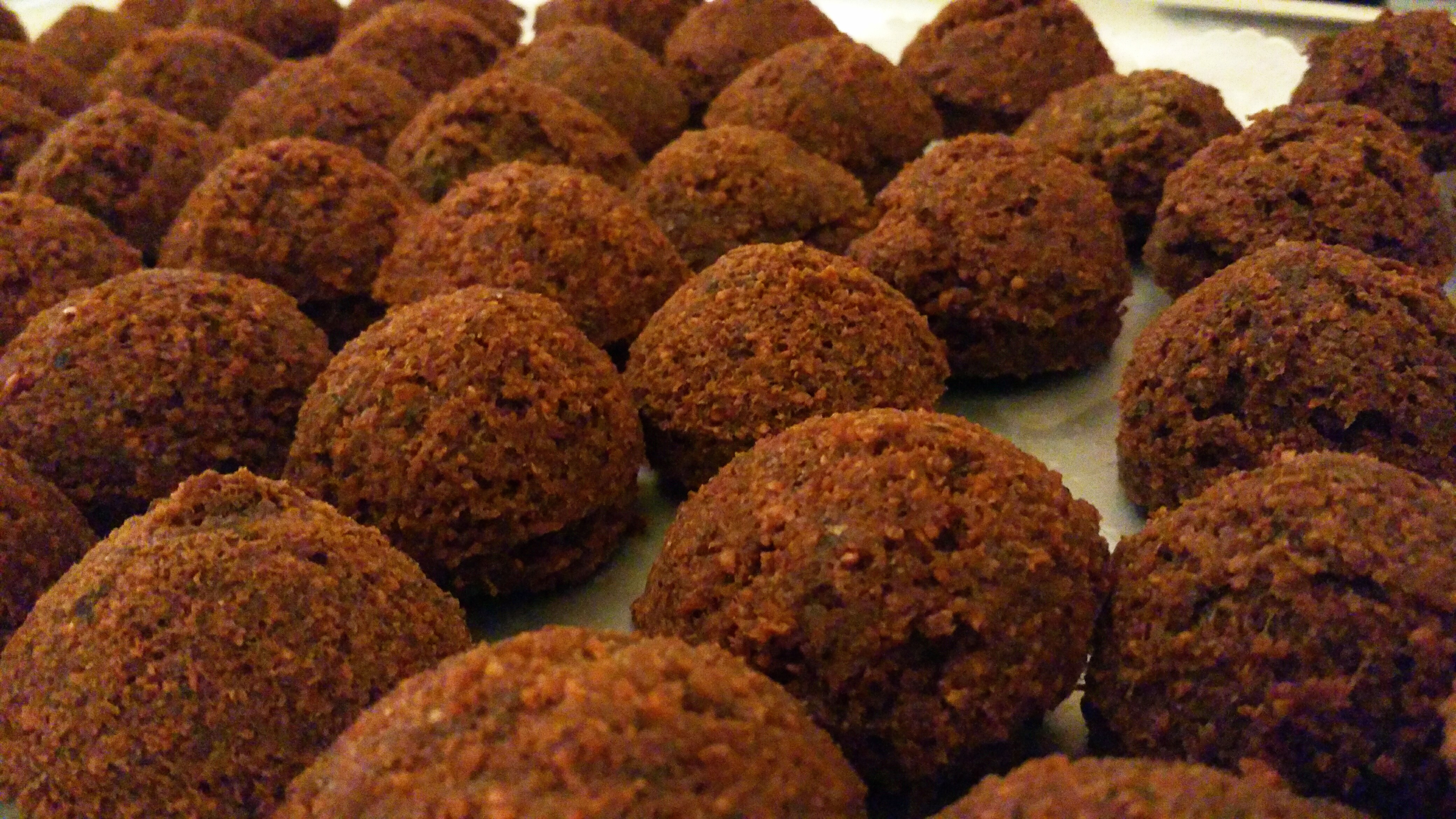
 65 views
65 viewsFalafel - Wikiwand
wikiwand.com
Your folders
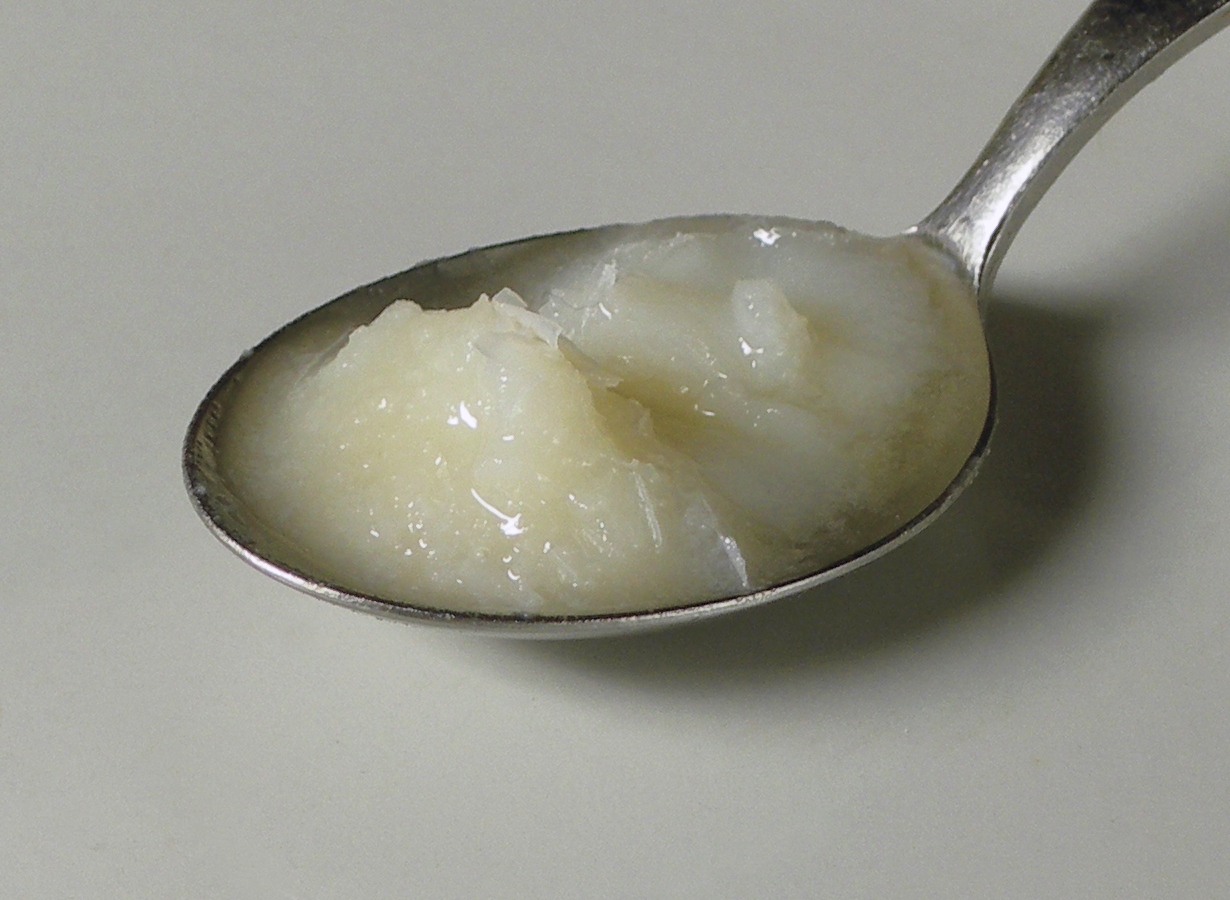
 620 views
620 viewsSchmaltz - Wikiwand
wikiwand.com
Your folders
 63 views
63 viewsAguardiente - Wikiwand
wikiwand.com
Your folders

 258 views
258 viewsKhachapuri - Wikiwand
wikiwand.com
Your folders

 290 views
290 viewsNori - Wikiwand
wikiwand.com
Your folders

 347 views
347 viewsAperol - Wikiwand
wikiwand.com
Your folders

 67 views
67 viewsPasta - Wikiwand
wikiwand.com
Your folders
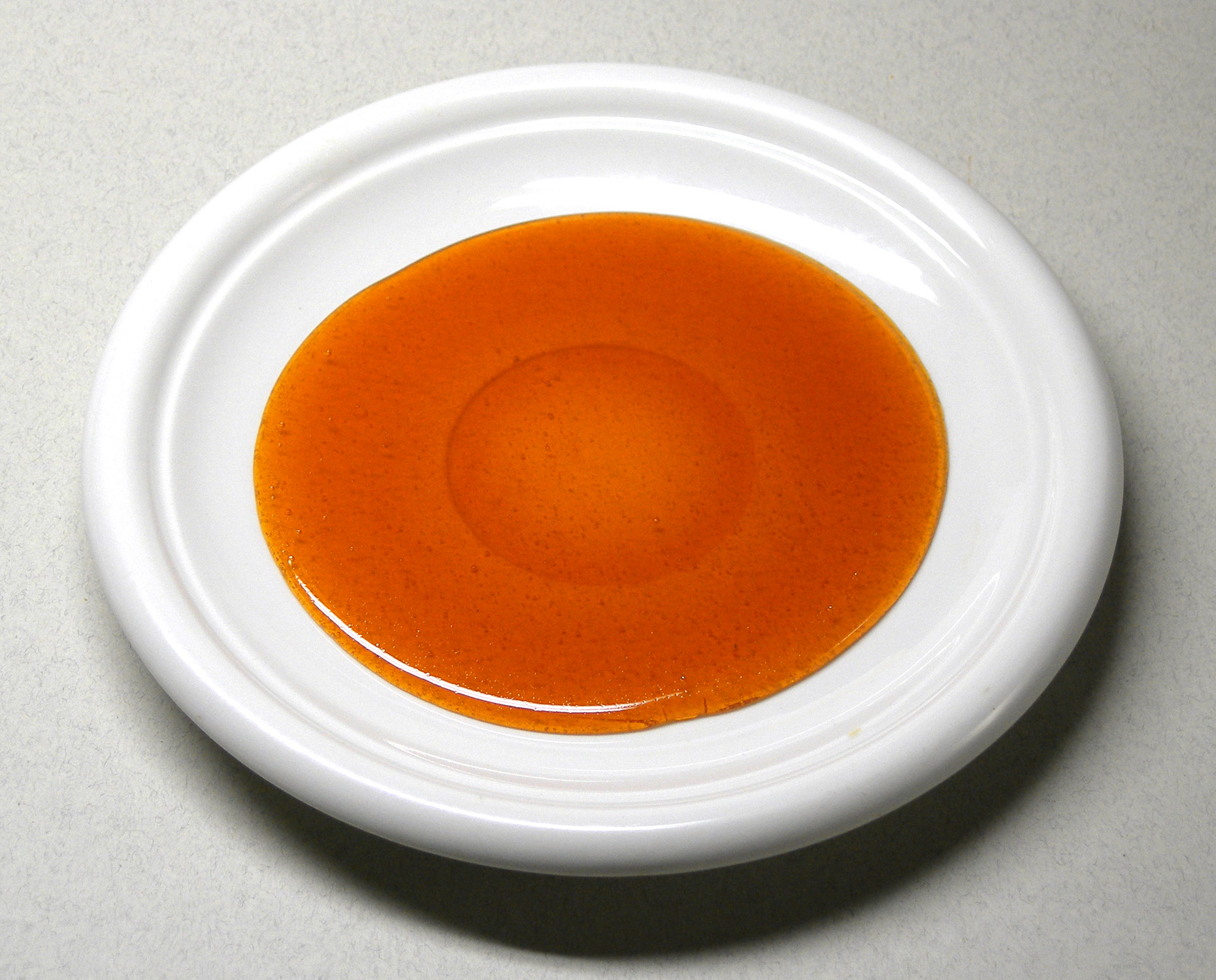
 64 views
64 viewsCaramel - Wikiwand
wikiwand.com
Your folders

 358 views
358 viewsJapchae - Wikiwand
wikiwand.com
Your folders

 51 views
51 viewsSurströmming - Wikiwand
wikiwand.com
Your folders

 362 views
362 viewsTonkatsu - Wikiwand
wikiwand.com
Your folders

 73 views
73 viewsKumis - Wikiwand
wikiwand.com
Your folders
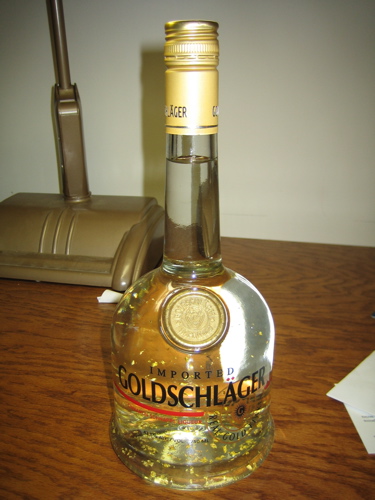
 135 views
135 viewsGoldschläger - Wikiwand
wikiwand.com
Your folders

 57 views
57 viewsPaneer - Wikiwand
wikiwand.com
Your folders
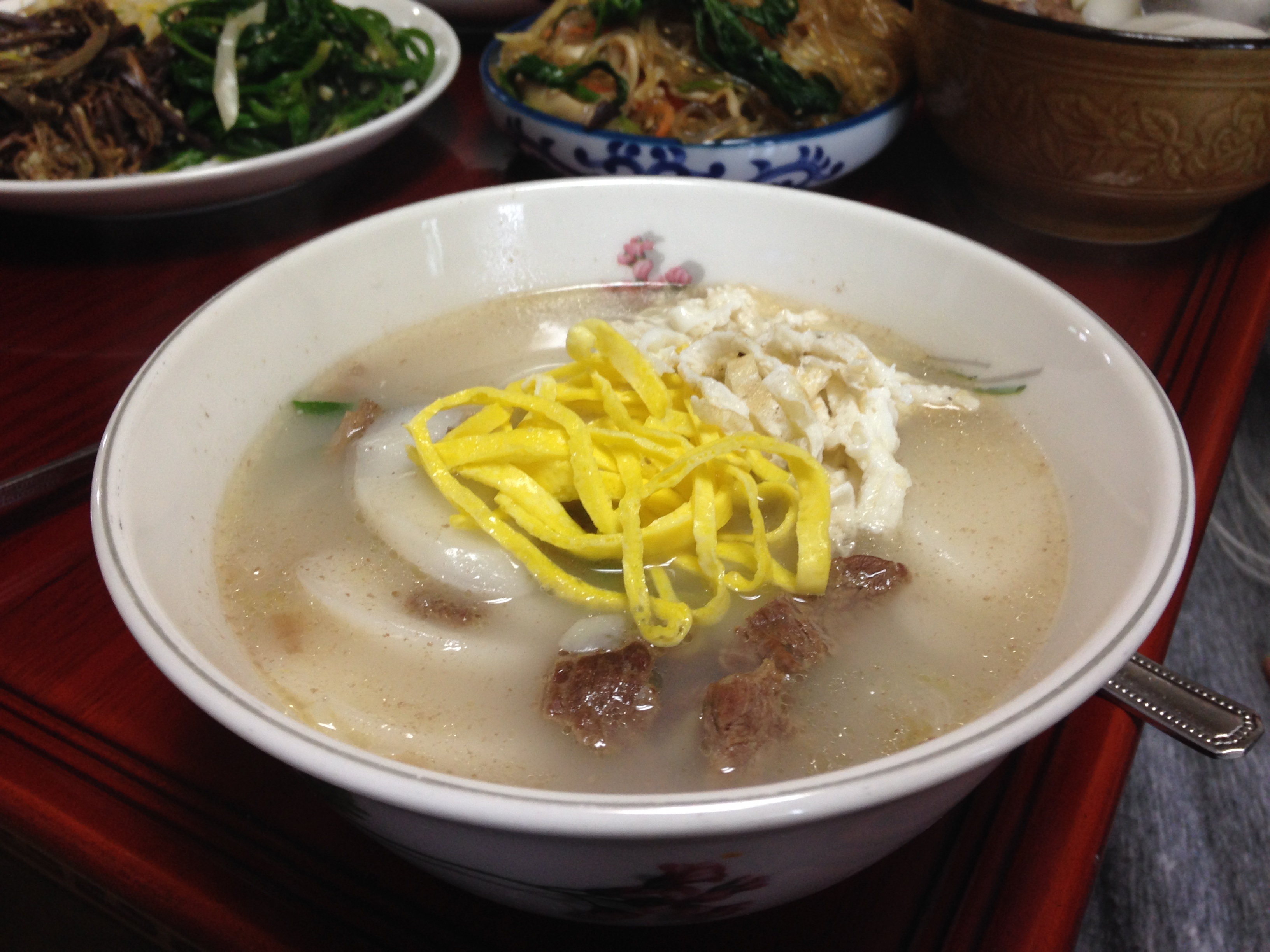
 674 views
674 viewsTteokguk - Wikiwand
wikiwand.com
Your folders

 280 views
280 viewsYakgwa - Wikiwand
wikiwand.com
Your folders

 65 views
65 viewsYaksik - Wikiwand
wikiwand.com
Your folders

 48 views
48 viewsHwajeon - Wikiwand
wikiwand.com
Your folders

 59 views
59 viewsMalawach - Wikiwand
wikiwand.com